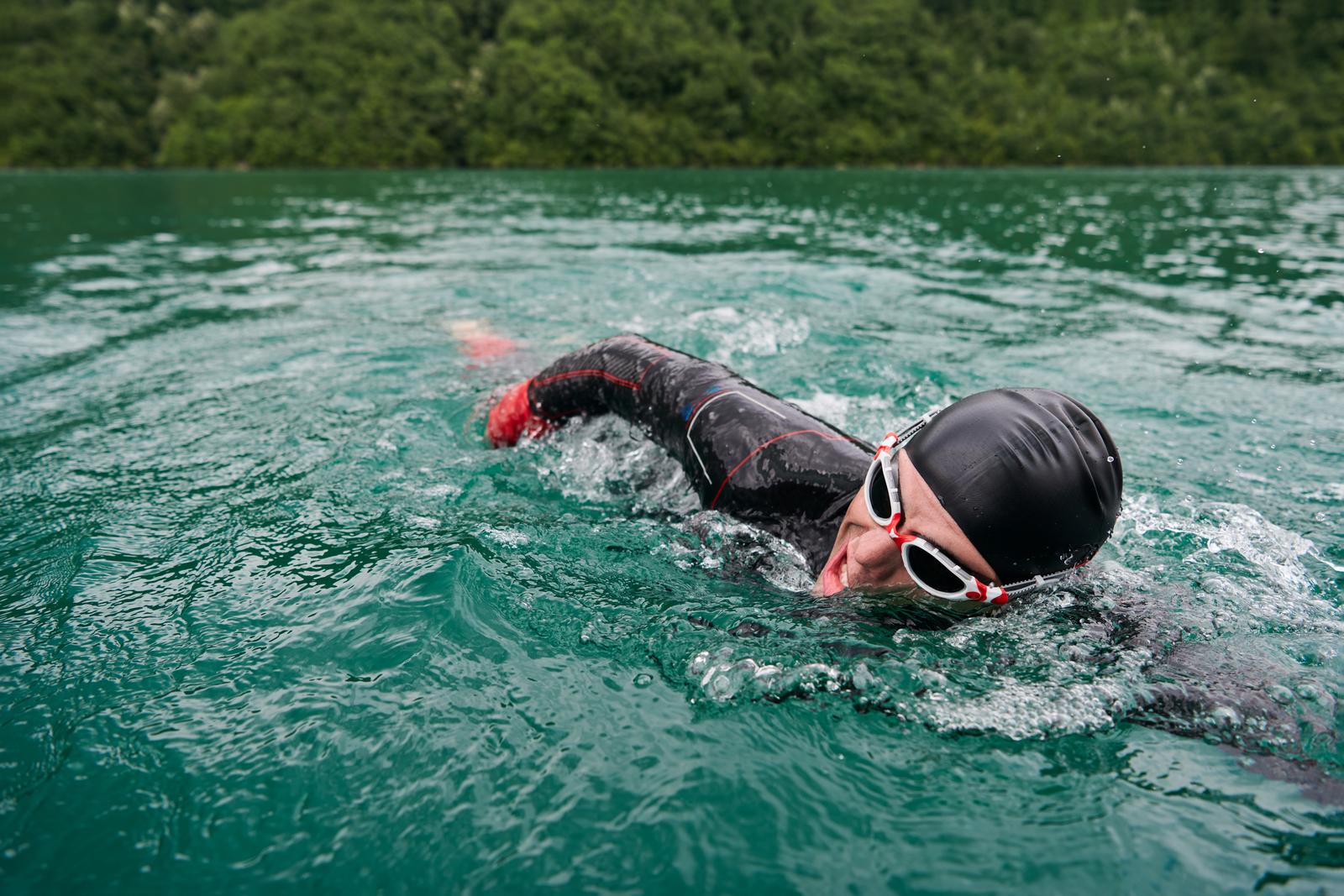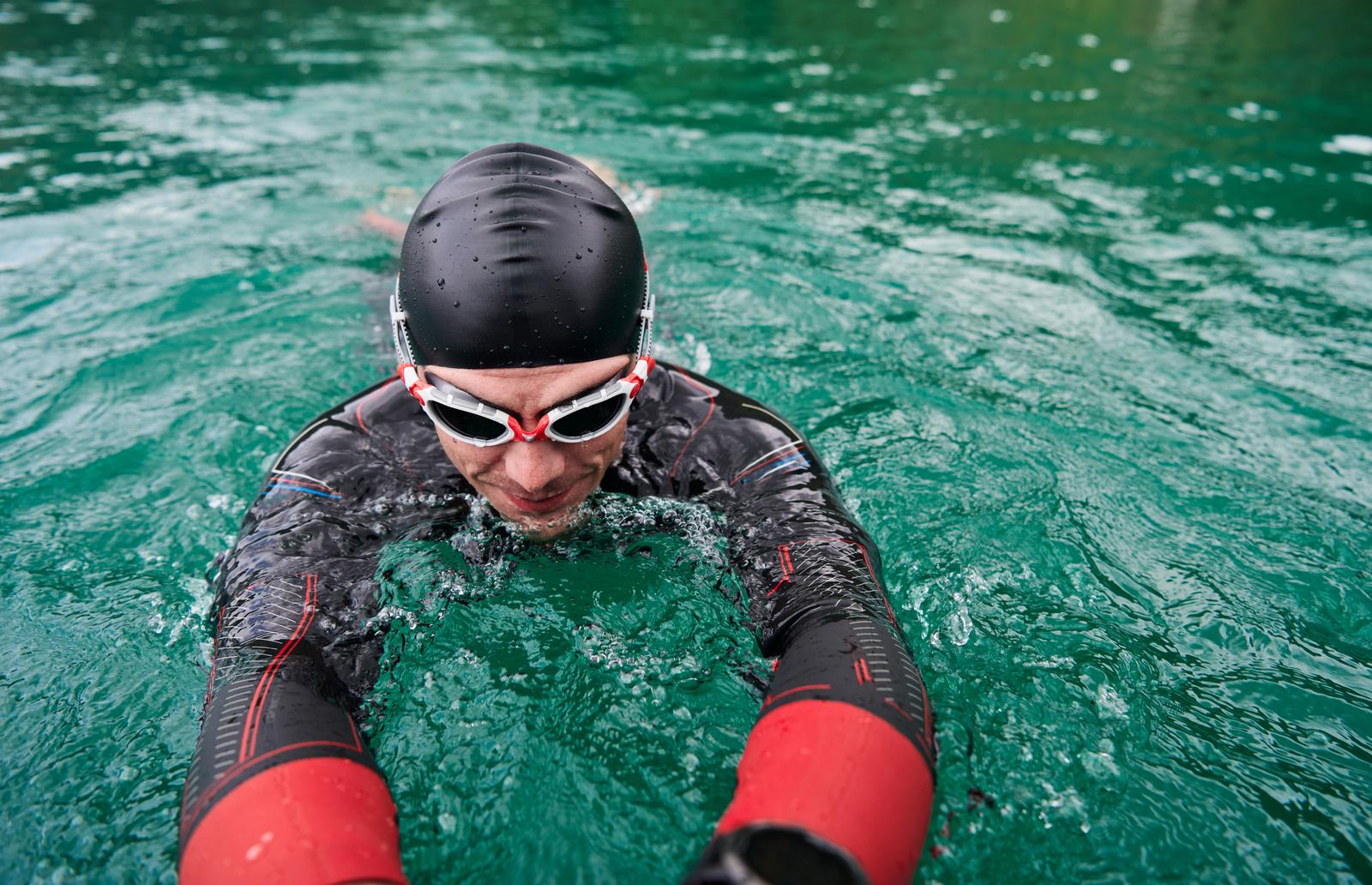When it comes to scuba divingt
scuba diving
When it comes to scuba diving, there are generally two types of attire: a wetsuit and a drysuit. There is debate about which type of suit offers more warmth and comfort, but either type can work well for your diving needs. Understanding both of these suits is important so you can make the best choice for yourself. Here’s the basic rundown on each type of diving suit. A wetsuit is a rubberized garment lined and filled with air, resulting in a tight-fitting garment that keeps you warm while feeling completely dry. Wetsuits are generally worn over a swimsuit or two layers of clothing. Wetsuits do not block sweat, and they do not provide insulation against the cold. They are primarily used for cold-water diving. If your goal is comfort, a wetsuit may be your best option. If your goal is warmth and versatility, then a drysuit may be the best option. Regardless of which diving garment you choose, ensure it fits tightly, providing insulation and warmth while still allowing movement. Choose the best suit for you by comparing the benefits and deciding based on your needs.





